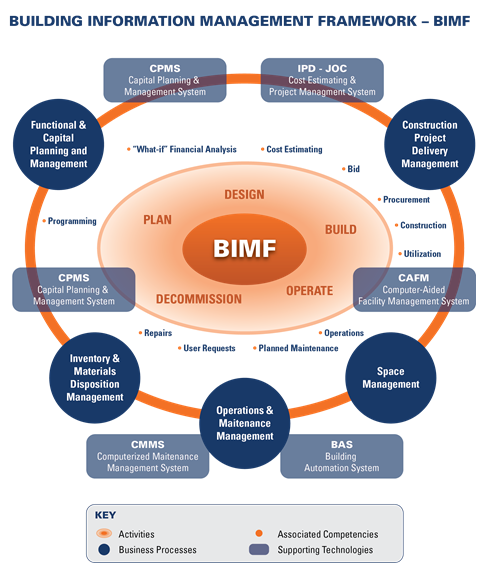The construction delivery method sets the tone, establishes the roles and responsibilities of all parties involved, and impacts ultimate success more so than any technology.
Thus IPD – Integrated Project Delivery for new construction and JOC – Job Order Contracting for renovation, repair, sustainability, and minor new construction, and similar collaborative construction delivery methods should be the primary focus. Technology is certainly a deployment enabler, and sometime also a disruptive catalyst.
Stakeholder collaboration (Owners, AEs, Contractors, Subs, Oversight Groups, Building Product Manufactures…) throughout the life-cycle of a build structure is the fundamental element that ultimately drives productivity and better outcomes. Collaboration is the path to the refinement of associated goals, needs, and activities…. and therefore creates requisite focus.
BIM is being held back by one item…. lack of collaboration, or even the willingness to collaborate.
BIM technology vendors and “standards” organizations are somewhat to “blame” , as they have placed emphasis upon 3D visualization vs. construction delivery methods, a robust ontology, and metrics.


